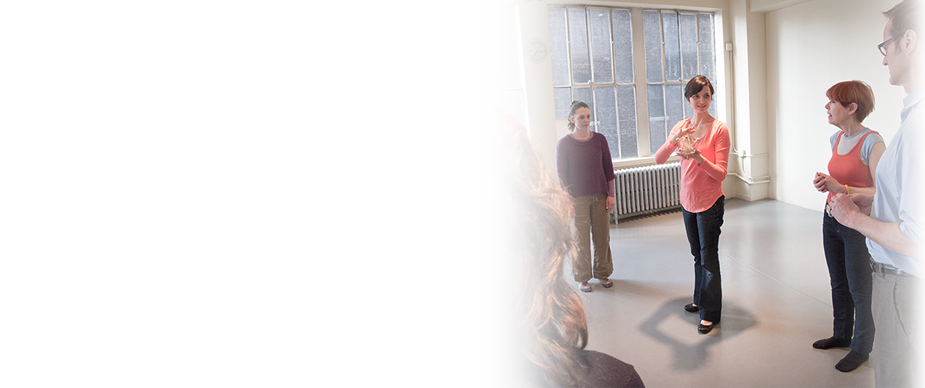5 Things That Make Your Posture Worse
/Hi there! I thought I'd share with you not only some tips, but point out some common things that people do to try and fix their posture that actually makes it worse.
The first step to improving your posture is better awareness and often the first thing that helps is to become aware of what you might be doing to fix your posture...that's actually making it worse.
This may include forms of over-correcting, not getting to the root of the problem, or a mindset about what good posture is that keeps you from making progress.
1) Pulling your shoulders back
Sure, we don't want to slouch, but pulling your shoulders back, when your sitting for example, does not put them in a neutral, relaxed position. If you feel like keeping them back is unsustainable, it's because "shoulders back" is not a position your body should be sustaining for long periods. The shoulders are meant to move in subtle ways as you use your arms and hands.
Pulling your shoulders back can also make your lower back arch (like in the image above), which can be painful.
Pulling the shoulders back isn't just over-correcting, it's trying to correct the wrong thing. Slouching shoulders are generally not the root cause of poor posture. Most people try to fix them directly because it's what they notice, but...
Dropping your head and neck down (like to look at your phone or laptop screen) is the most likely culprit for your slouching shoulders. Changing how you move to look down helps. Also, putting more things (like the computer) at eye-level will help prevent your shoulders from drooping.
2) Sucking your stomach in
People have often told me that they are tightening their abs to keep their core strong. Actively holding your belly actually isn't "core strength" and may actually prevent your core from being strong as well as keep you from having natural, good posture.
Core strength involves deeper and lower abdominal muscles, your glutes, and pelvic floor. Good posture will help these muscles to engage properly during normal, everyday activities...and the Alexander Technique (what I teach) helps you have better body awareness so that you know how to engage the right muscles if you do core strengthening exercises.
Here's a good rule of thumb. If you are doing something to "fix" your posture that restricts your breathing in a sustained way (like holding your belly in), it's not helping...and may be making things worse.
3) Only doing exercises to try and fix it
Exercises can help, if you have proper form, but it's also important to develop good postural habits while you are doing everyday things like standing, sitting, walking, talking, carrying a bag, bending, etc. What you do at the gym may help your overall posture (if you exercise with good form), but it won't teach you how to bend differently when you're chopping vegetables or how to stay centered when you have to think on your feet and talk in front of a group of people. You need to work on changing your habits while you do those things.
4) Thinking there's one right position
If you try and hold a "right" position, you'll just get tired and start slouching again. Good posture moves with you and doesn't restrict your range of movement. It's not stiff and rigid. It's relaxed, balance, and generates and even distribution of tone throughout the body.
You can develop a more neutral way of sitting and standing, but you can also have good "alignment" as you bend over to put your clothes in the wash or clean up after your dog. Good posture doesn't mean standing straight all the time. If you coordinate your body well as you move, your good posture moves with you in any position.
5) Only paying attention to how it looks
Here's the mindset piece. Many people think good posture is about fixing how you look. If I just hold this in and tuck this here...but it probably won't stay that way and it might feel stiff.
The real secret to better posture is approaching it from in the inside out. That means using your brain and connecting your mind with your body. Being more aware and using that awareness to be more mindful. The right adjustments are probably more subtle that you imagine.
Want to improve your body awareness and get concrete strategies for maintaining good posture in every-day life -- by learning simple and subtle strategies that work? You'll be able to use these tools to change your habits during the actual activities that are triggering your poor posture. If you work with me, I'll help you with exactly that! It's not just exercises! Here's how:
Want to learn more?Want to learn more? Check out my individual sessions and group classes.






